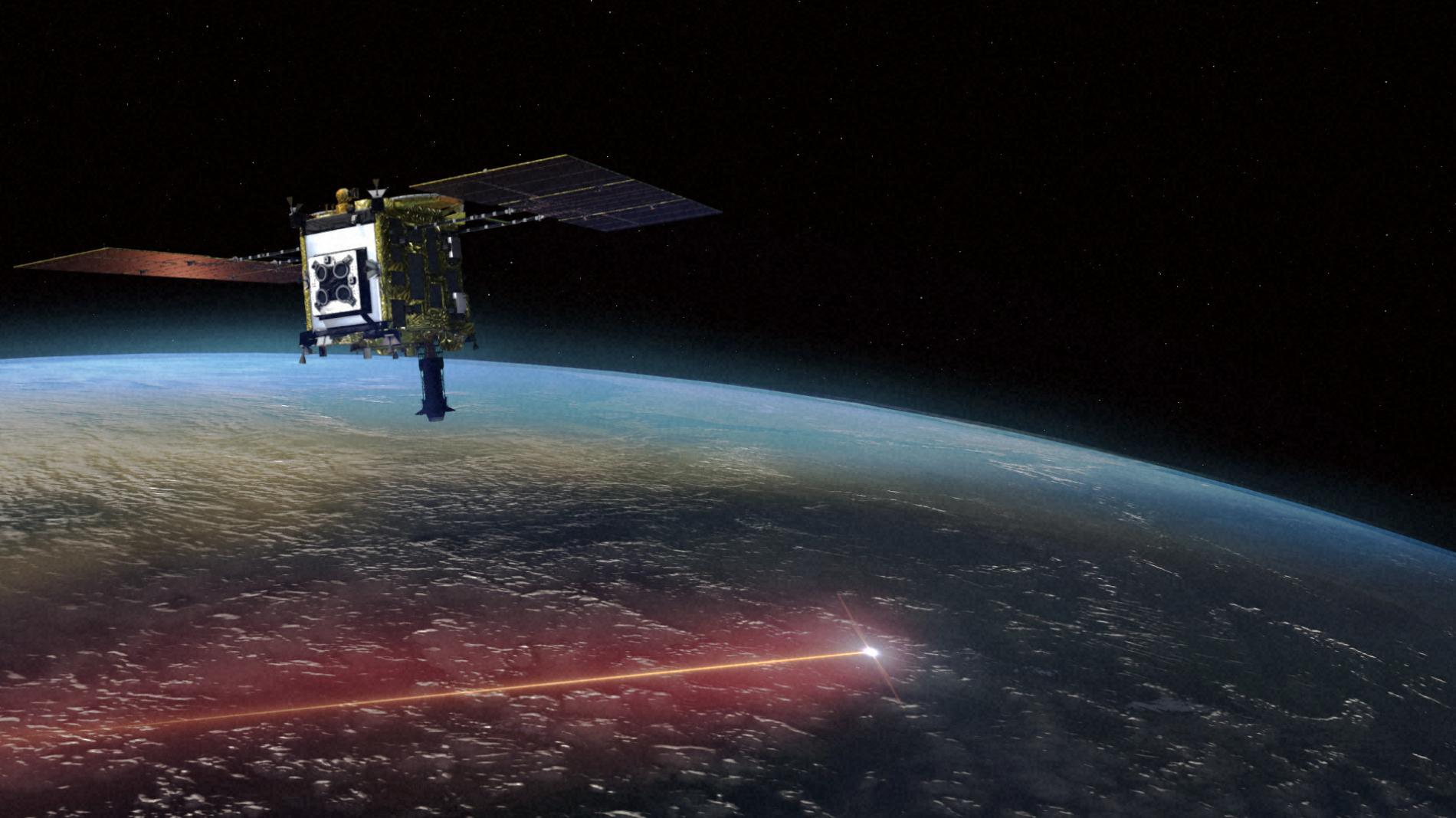Japan’s Hayabusa 2 probe zoomed past Earth on December 5th and dropped off a capsule containing bits of an asteroid, finishing a six-year round trip.
But the mission is far from over: While Hayabusa 2’s parachute-equipped sample capsule descended to the Australian Outback, its mothership set a new course for an encounter with yet another asteroid in 2031.
Hayabusa 2’s prime objective was to deliver bits of Ryugu, an asteroid that’s currently 11.6 million kilometers from Earth. Mission controllers at the Japan Aerospace Exploration Agency, or JAXA, cheered and laughed when word came that the capsule had survived atmospheric re-entry.
Imagery captured by tracking cameras — and from the International Space Station — showed the capsule streaking like a fireball across the sky as it decelerated from an initial speed of 43,000 kilometers per hour.
Searchers headed out by helicopter to track down the 40-centimeter-wide capsule in South Australia’s Woomera Test Range. The capsule was located within a couple of hours.
“We found the capsule! Together with the parachute! Wow!” Hayabusa 2’s team at JAXA reported in a tweet.
The sample is expected to amount to no more than a few grams, but it’ll be intensely studied at labs in Japan and the U.S. to tease out new insights about carbonaceous asteroids — which are thought to have been the starting stuff of planets and may contain the chemical building blocks of life.
Hayabusa 2’s predecessor, the original Hayabusa probe, sampled a different sort of asteroid named Itokawa back in 2005. Hayabusa 1’s return trip was fraught with difficulties, including propulsion and communication problems that resulted in delaying the sample delivery until 2010. About 1,500 grains of asteroid dust were recovered.
This time, the mission went much more smoothly. Four years after its launch in 2014, Hayabusa 2 made its appointed rendezvous with Ryugu, sent a set of mini-rovers to the surface for reconnaissance and collected bits of rock and dust.
The probe began the homeward trip a little more than a year ago, and encountered no trouble along the way. Hours in advance of the scheduled delivery, the Hayabusa 2 mothership released the sample capsule on its target trajectory — and then pulled up to head toward deep space again.
Thanks to that maneuver, Hayabusa 2 is on track to rendezvous with a water-rich asteroid known as 1998 KY26 in 2031. This asteroid is much smaller than Ryugu — 30 meters wide, as opposed to 900 meters wide for Ryugu. It also spins on its axis every 10 minutes or so.
We won’t have to wait 11 years for the next asteroid sample to arrive: NASA’s OSIRIS-REx spacecraft snagged as much as 2 kilograms of material from the asteroid Bennu in October, and is due to drop its sample capsule down to a desert test range in Utah during a 2023 flyby.
Lead image: An illustration shows Hayabusa 2’s sample return capsule going through atmospheric re-entry while the mothership flies above. Credit: Japan Aerospace Exploration Agency


Congratulations to Japan!